
2 minute read
Strub Hall Centennial: There’s No Place Like Home.
Our beloved Strub Hall turns 100!
This spectacular marble- and mahogany-filled mansion might seem imposing, but as soon as you walk through that distinctive front door, you feel the warm embrace of a well-loved family home. Yes, it’s a museum-worthy historic building, but instead of roped-off exhibits and recorded audio tours, it’s filled with the daily buzz of teenagers who learn and laugh here, and infuse these rooms with joy. And we have the Strub family to thank for this precious hub of Holy Child education.
Advertisement
Just over a century ago, construction of the original “Marshallia” estate was interrupted by history in the making—the deadliest war the world had known and a crippling global pandemic. Now, as we hurtle through the once-in-a-lifetime challenges of 2020, it’s been many months since we’ve hugged our friends in our beloved Strub Hall. As we honor the heritage of this beautiful building, we’re united by one fervent wish—we can’t wait to get back home. Here’s to the next 100 years!
1920: Marshallia

— PASADENA NEWSPAPER, DECEMBER 1919
Designed for oil, cattle and banking magnate E.J. Marshall by Frederick L. Roehrig (“the wealthy man’s architect of choice”), the Beaux-Arts mansion was the height of early 20th-century luxury. Visitors to the Marshall home entered from Grand Avenue and drove up a winding gravel drive, past terraced lawns and gardens to the impressive Italianate home. The 20,862-square-foot house was decked out with Siena marble floors, mahogany paneling, oak parquet and carved marble fireplaces throughout. Building began in 1914, but construction delays caused by World War I meant that the Marshalls didn’t move in until December 1919.

Marshallia was the no-expense-spared home of E.J. Marshall, “the last of the great cattle barons.”
...........................................................
Marshallia Facts, Figures & Features
• Land cost: $87,000 (approx. $1.3M today) • Construction cost: $440,000 (approx. $6.5M today) • 30 rooms (including 8 bathrooms) • 15 staff, plus 7 gardeners • Natatorium (indoor pool) • Mod cons: state-of-the-art refrigeration system, in-wall vacuum system, elevator • Built-in player organ • Underground bank vault
...........................................................
1925-1942: “The Eagle Estate”
John Eagle and his brother, Charles, established J.H. and C.K. Eagle Silk, a Pennsylvania-based business that boasted the largest textile manufacturing building in the U.S. After Eagle retired in 1922, he and his family moved West. They bought the Marshall property in 1925 and called Bellefontaine home for many years. Although John and his wife, Elizabeth, had no children of their own, they raised their two nieces at their Pasadena home. Eagle left the property to Caltech in his will, and it remained vacant for years.
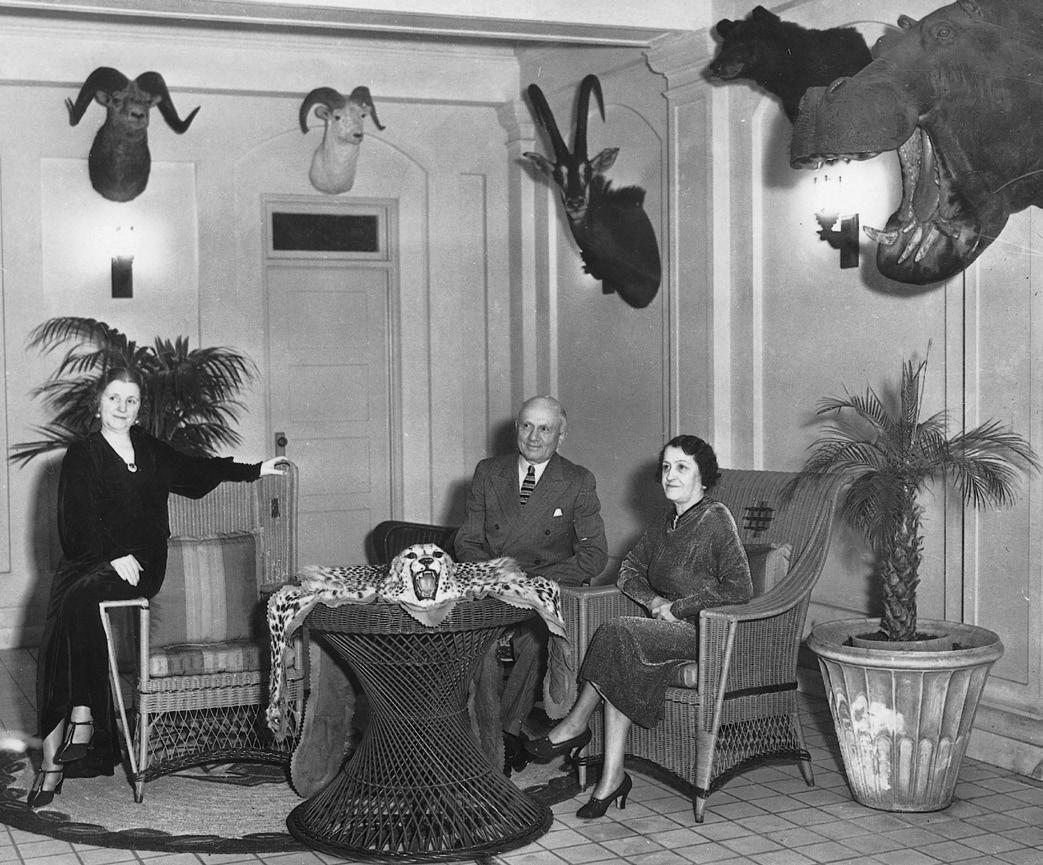
A proud hunter and adventurer, John Eagle’s African safari “trophies” were displayed throughout the house.
1947: A Gift of Faith
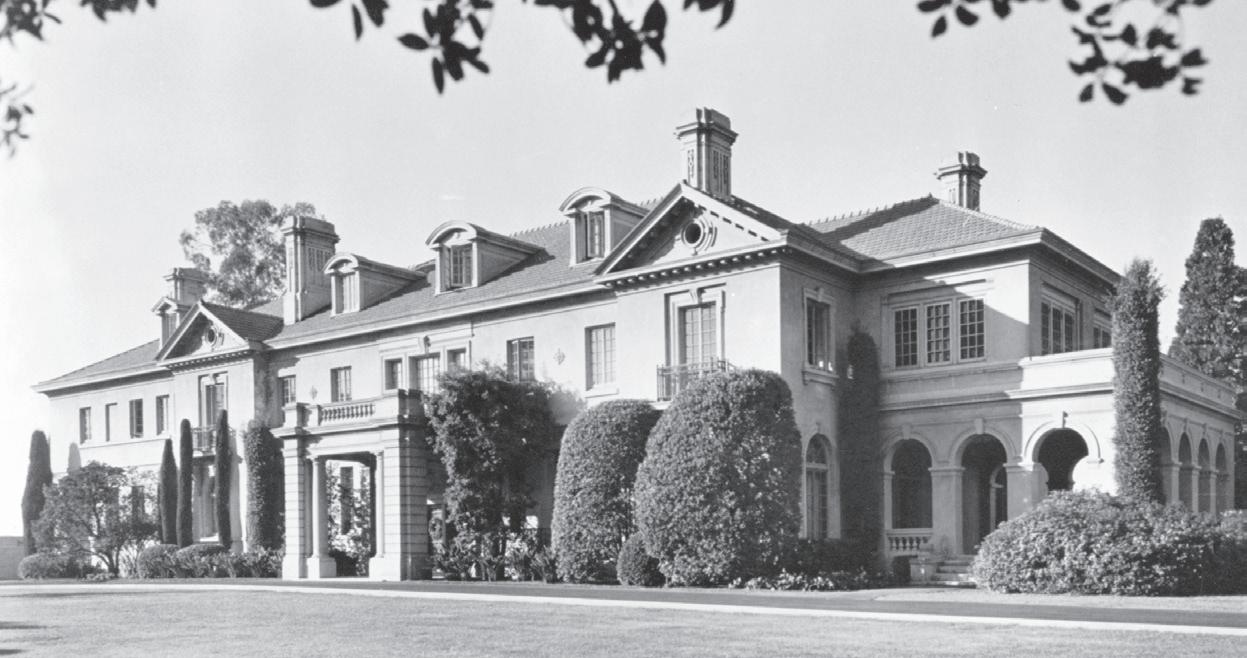
We honor Dr. Charles and Vera Strub for their generous, transformational gift of our Bellefontaine campus. The Strubs first identified the property as a potential Holy Child high school campus in March 1947.
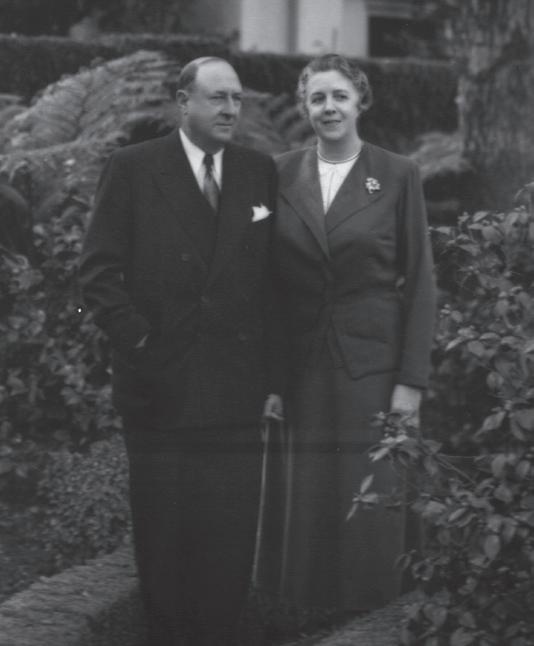
Dr. Charles and Vera Strub
1950: Mayfield’s New Home
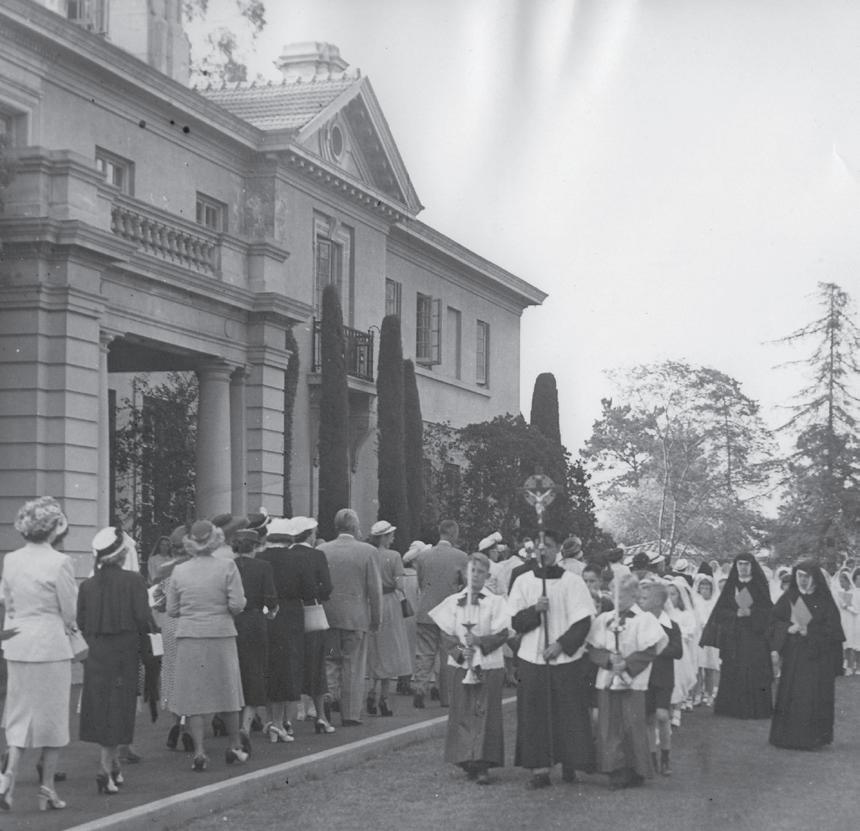
Archbishop McIntyre blessed and dedicated the new Mayfield campus in December 1950.
After three years of zoning and property battles —and countless prayers from the Mayfield community—Mayfield Senior School opened in the fall of 1950 with 69 students.
2020: Centennial Celebrations
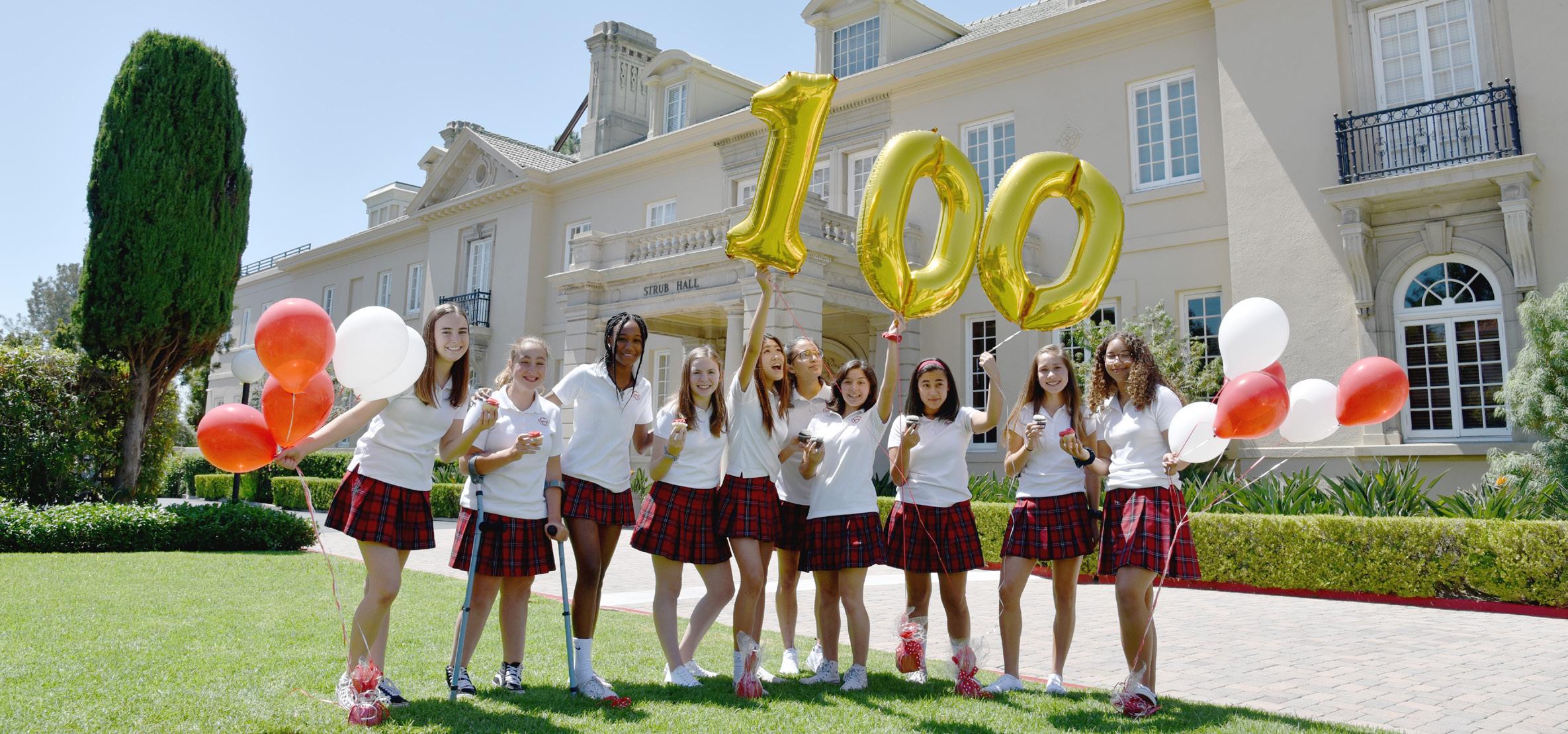
For the past 70 years, our Holy Child community has called this beloved building home. We can’t imagine making Mayfield memories anywhere but here!










